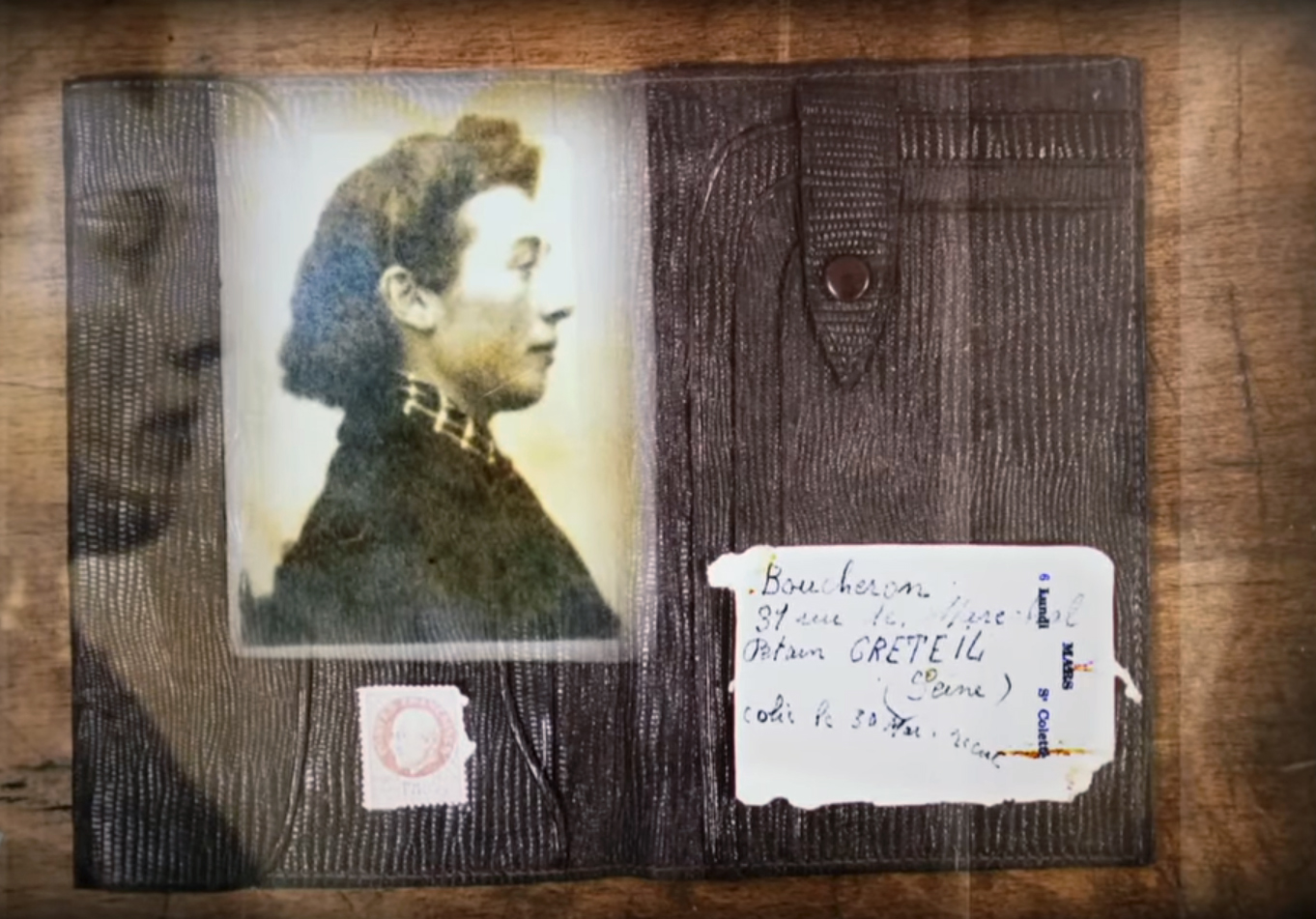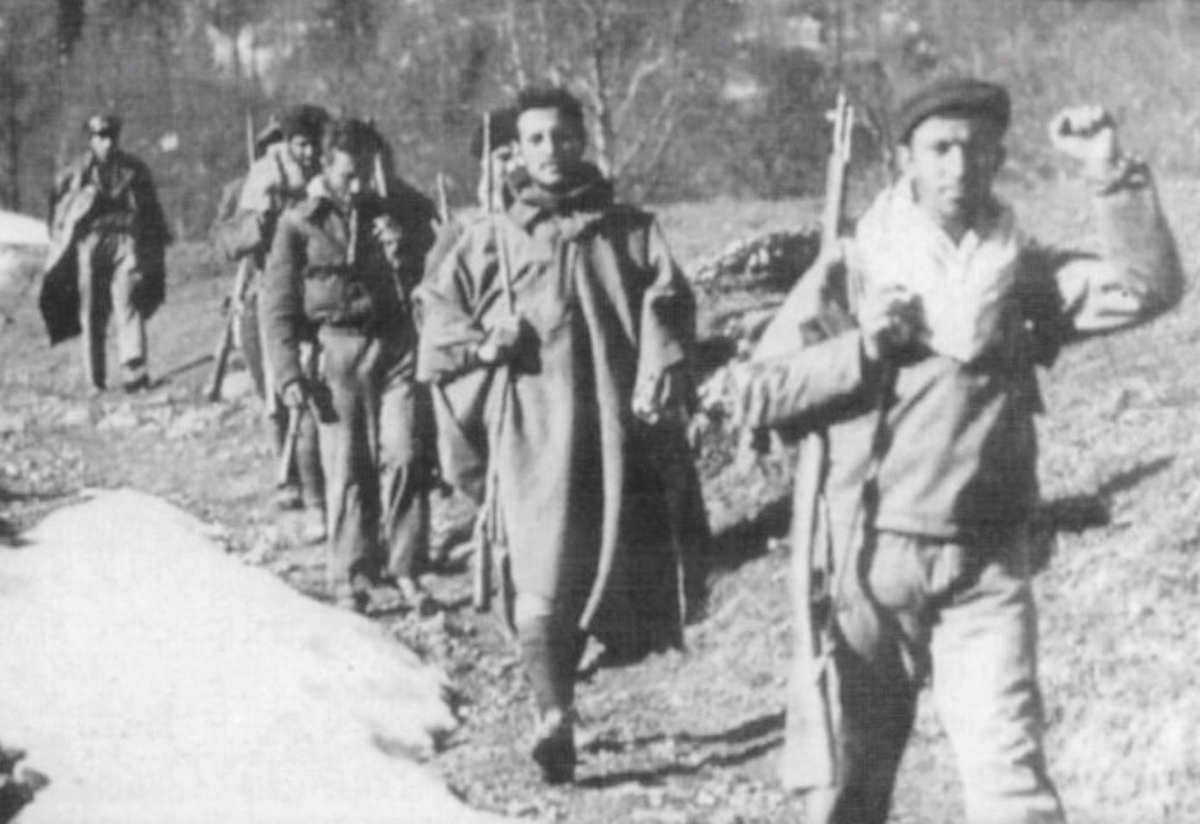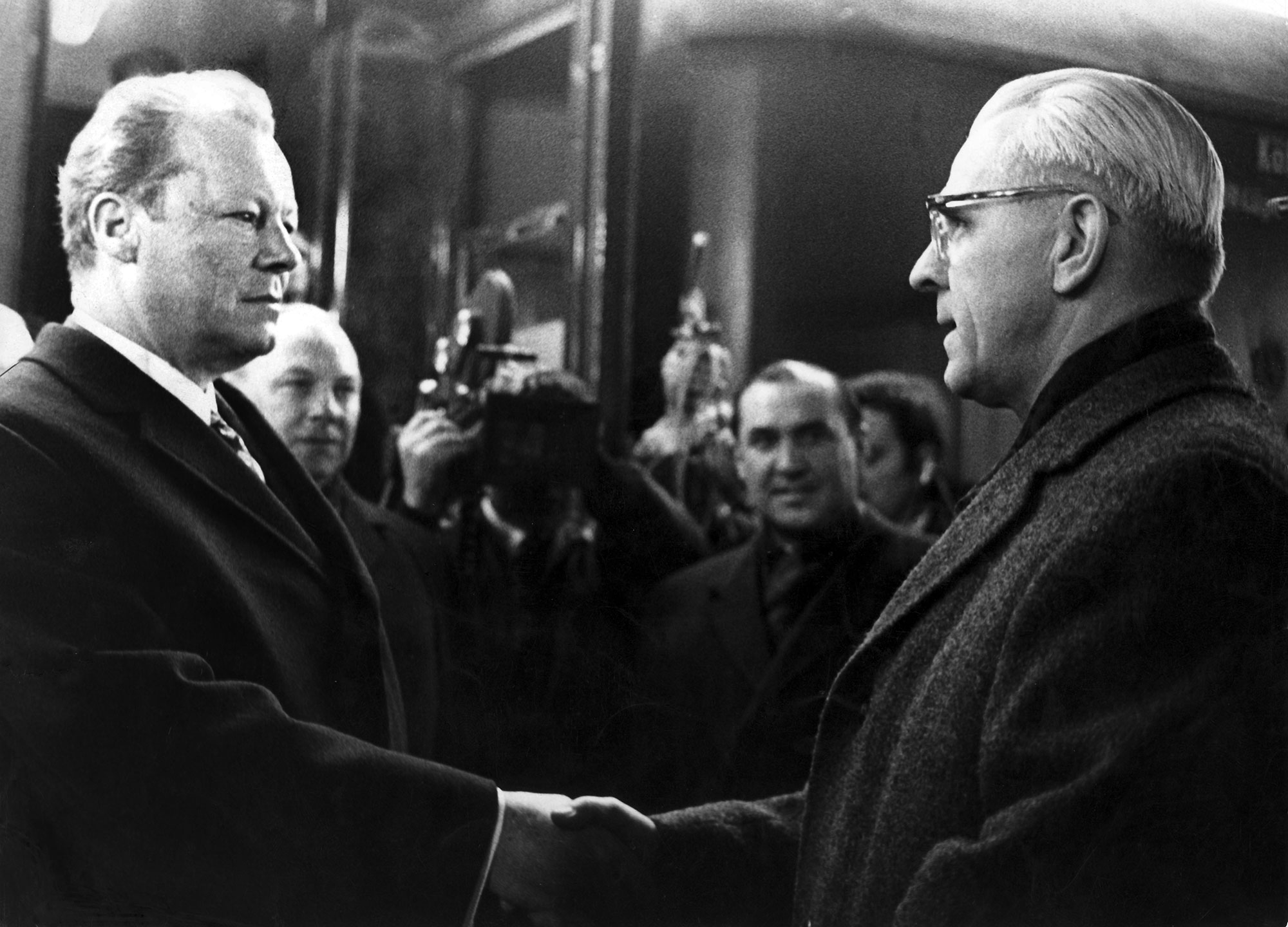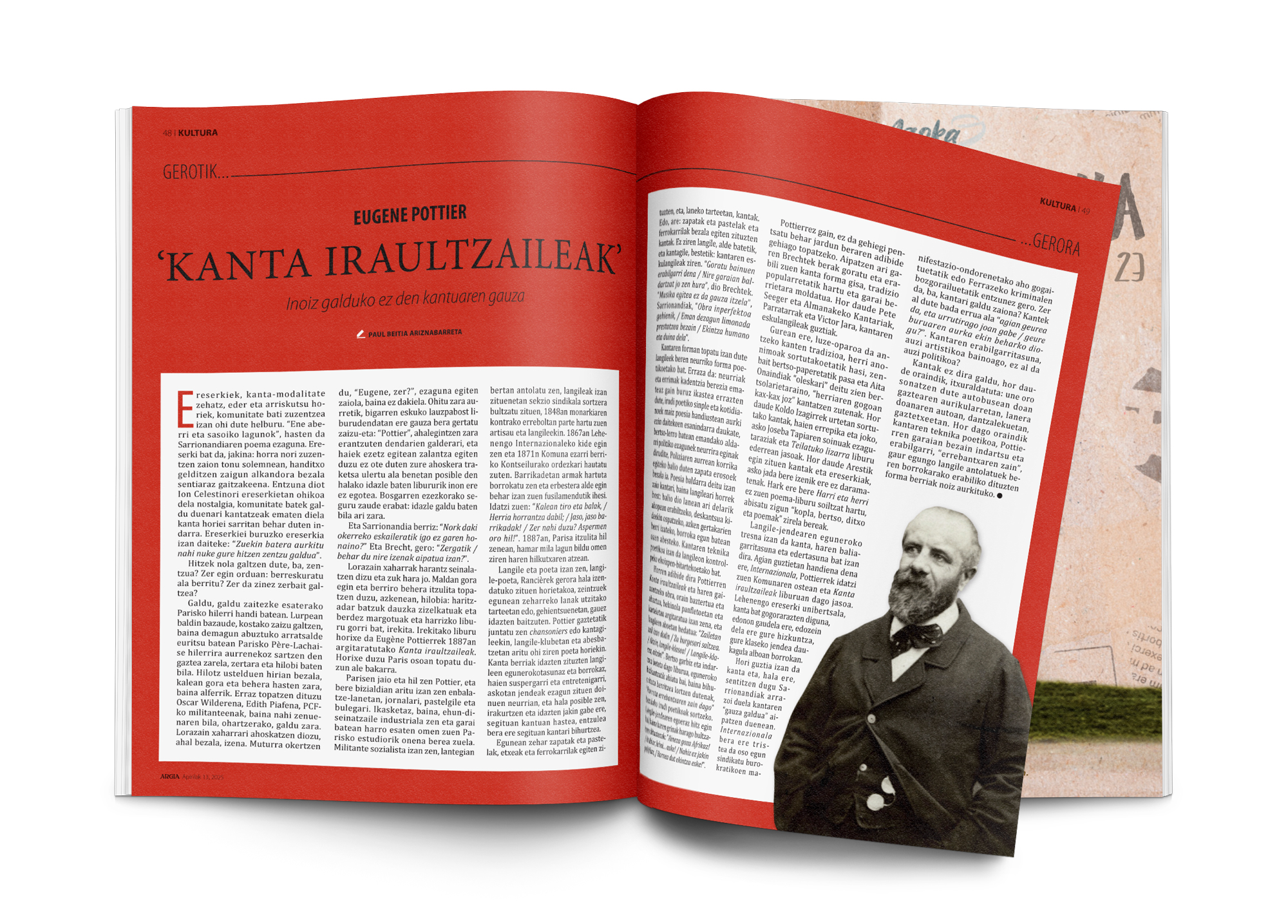Complete with the punch what is removed
- Born 4 January 1809. Louis Braille was born in a small town around Paris. At three years old, playing in his father's workshop, he struck an eye with a punch or a sting to work the skin. A few weeks later, the wound had become rarefied and the infection had given her another eye. In the end, the child overcame the infection, but lost sight forever in both eyes.

The boy's curiosity and the proper attitude of his parents led Louis Braille at the age of ten to recognition at the National Institute for Blind Youth in Paris. Despite being a pioneer school, the methods were not very innovative and, above all, the teachers communicated verbally with the students. They were also taught to read through the system devised by the founder of Valentin Haüy school. His books were written in Latin alphabet and embossed. They were expensive, heavy, scarce and difficult to read and, by chance, received little information. The main limitation of the system was that it used eye language for its fingers.
After reading over and over again the fourteen books that were in school, Braille wanted a new tactile reading and, why not, writing system. Thus, at the age of twelve, he learned of Captain Charles Barbier. Some say he had news of him in an article that a friend read to him; others say it was Barbier who came to school to explain the system they used to communicate in the dark during the war. They used a code of twelve dots and stripes, they marked the signs on the thick paper, and the soldiers, on the battlefield, could read the messages with their fingers, in the dark and in silence.
At the age of fifteen, Braille had adapted and improved the soldiers' system. He removed the scripts that were hard to read, limited the code to six points with reliefs and created a model to read and write the straight and separate letters. He used the typewriter's stinger, the same instrument he blinded in his childhood.
In 1852, until his death, he was a professor at the Institute for the Blind Louis Braille. But they never gave him the opportunity to use his system.
Washington, D.C., June 17, 1930. The U.S. Congress passed the Tariff Act. It is also known as the Smoot-Hawley Act because it was promoted by Senator Reed Smoot and Representative Willis Hawley.
The law raised import tax limits for about 900 products by 40% to 60% in order to... [+]
During the renovation of a sports field in the Simmering district of Vienna, a mass grave with 150 bodies was discovered in October 2024. They conclude that they were Roman legionnaires and A.D. They died around 100 years ago. Or rather, they were killed.
The bodies were buried... [+]
My mother always says: “I never understood why World War I happened. It doesn't make any sense to him. He does not understand why the old European powers were involved in such barbarism and does not get into his head how they were persuaded to kill these young men from Europe,... [+]
Until now we have believed that those in charge of copying books during the Middle Ages and before the printing press was opened were men, specifically monks of monasteries.
But a group of researchers from the University of Bergen, Norway, concludes that women also worked as... [+]
Florentzia, 1886. Carlo Collodi Le avventure de Pinocchio eleberri ezagunaren egileak zera idatzi zuen pizzari buruz: “Labean txigortutako ogi orea, gainean eskura dagoen edozer gauzaz egindako saltsa duena”. Pizza hark “zikinkeria konplexu tankera” zuela... [+]
Ereserkiek, kanta-modalitate zehatz, eder eta arriskutsu horiek, komunitate bati zuzentzea izan ohi dute helburu. “Ene aberri eta sasoiko lagunok”, hasten da Sarrionandiaren poema ezaguna. Ereserki bat da, jakina: horra nori zuzentzen zaion tonu solemnean, handitxo... [+]
Linear A is a Minoan script used 4,800-4,500 years ago. Recently, in the famous Knossos Palace in Crete, a special ivory object has been discovered, which was probably used as a ceremonial scepter. The object has two inscriptions; one on the handle is shorter and, like most of... [+]
Londres, 1944. Dorothy izeneko emakume bati argazkiak atera zizkioten Waterloo zubian soldatze lanak egiten ari zela. Dorothyri buruz izena beste daturik ez daukagu, baina duela hamar urte arte hori ere ez genekien. Argazki sorta 2015ean topatu zuen Christine Wall... [+]























